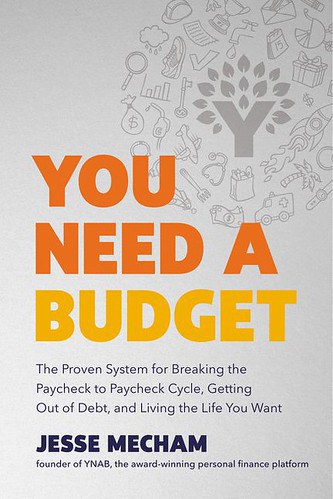How to start freelancing as a side hustle

Many Millennials, and Gen Zers are interested in finding a side gig. It is a good way to convert a hobby or passion into an income source, and opens up many doors for networking. It’s an excellent way to make more money but it takes a lot of work to establish your brand and find companies that will hire you, especially if you don’t have much experience.
What are the different types of freelance work and how can you get started? Let’s start with the basics.
How do you start freelancing?
Step 1 Step #1.
Today, there are many ways to work as a freelancer, including videography, graphic designing, web design and editing. Do your research before you decide to take on any of these freelance opportunities.
Step 2. Step #2.
I recommend that anyone who wants to start or grow a side business consider how much time they can devote to it. We don’t want to start a side hustle and burn out quickly trying to manage multiple deadlines while still working a full-time position.
Ask yourself how much extra time you are willing to devote to your side hustle. Then, run the numbers. How long would you need to spend editing a video or writing an article if you had 15 extra hours per week? How much time do you plan to spend on networking and searching for new jobs? Estimate how much time you will spend each week. This will help you to create a realistic estimate of how much you can do at a time in order to be comfortable.
If I am writing a 1,000 word article for a popular brand, it will take me a few hours to research, an hour to map out the outline, and one or two hours to write the story.
Step #3. Step #3.
Start small. Now that you’ve decided what kind of freelance work you want to do, and how much time to devote to it, you should start. Create an online portfolio of any work that you have done in the past that is directly related to what you want to do. You can look for companies or websites that accept beginner or guest content if you have no content to share.
Normally, I don’t encourage people to do work for free. It is difficult to become a freelancer if you have no experience or previous work. My portfolio when I started was my blog. It was easier for me to create a site that included all my writings as I began to gain clients. contently is my favourite site to build a portfolio for free without creating your own website. It took me two years to establish a network and begin building clients without cold-emailing story pitches.
Step 4: Put yourself out there. Step #4: Put yourself out there
The most difficult part of freelancing may be networking, and reaching out to sites that accept content to find out if they are willing to take your pitch. I learned very quickly that only two or three pitches out of ten you send to an organization will be accepted. It’s not uncommon to be rejected.
You can start by creating a list with contacts who are currently looking for new freelance writers. Check out their submission guidelines, and get to know their editorial staff. Do not be afraid to start a relationship with them outside of the pitching process by following them on social networks. Be sure to send your pitches directly to the person you want and make your ideas clear.
A short, sweet DM stating that you are planning to pitch some ideas is always a good idea. Editors are always open to new ideas.
SAMPLE PITCH
Hello (First name of Editor)
I’m [name] and a freelance writer in (city). I would love to share a few ideas I think would work well for [publication].
[Sample Title 1]
A short description of an idea, which includes the introduction, the way you will write the story, the sources that are needed, and the interview subjects.
[Example Headline 2]
A short description of an idea, which includes the introduction, the way you will write the story, the sources that are needed, and the interview subjects.
[Example Headline 3]
A short description of an idea, which includes the introduction, the way you will write the story, the sources that are needed, and the interview subjects.
You can see my portfolio by clicking on the link.
Thank you for your time. Thank you for your time.
[Signature]
Step #5. Join networking groups and subscribe to good advice
Finding a mentor, or even a group who share your goals and are on the same page as you can be a great encouragement. You can ask questions, find out what others charge for their services, and learn how to improve your pitch and style.
Abby Lee Hood is one of my favorite freelance writers. She has a Bitchin’ Pitchin’ newsletter you can subscribe to at just $4/month. She gives great advice, and she shares the pitches that didn’t work for her. This is refreshing.
Don’t be scared to reach out and get inspired. You’re most likely to hear “no” and nothing.
PRICES YOURSELF RIGHT
You now have a solid plan and portfolio. It’s time to pitch more regularly. Now is the time to figure out how much you should charge as a freelancer. Asking people in the same industry what they charge is a good way to start. You can also look for examples online. You will have to decide if the budget they set is reasonable, taking into account your time as well as any taxes you will need to deduct from your payment. You do need to pay tax on your side hustle. You should save between 20-30% of all your income for tax season.
As you gain experience and become a more experienced freelancer, your rates will increase. You should never undervalue your time and experience, no matter what the publication. You deserve to be fairly compensated for your talent.
Best of luck!










+ There are no comments
Add yours